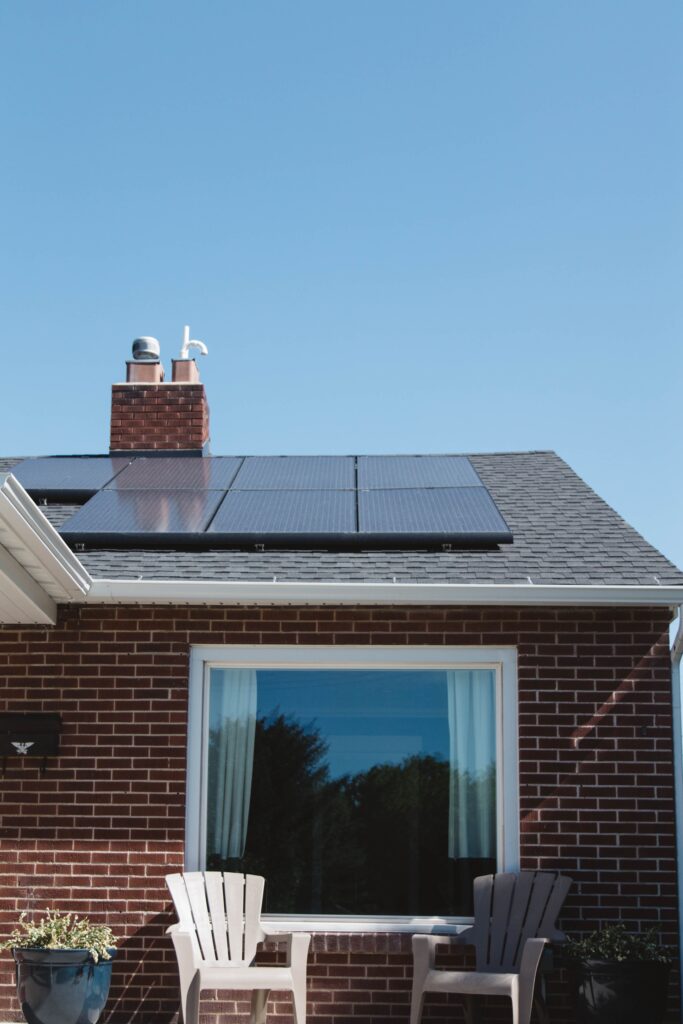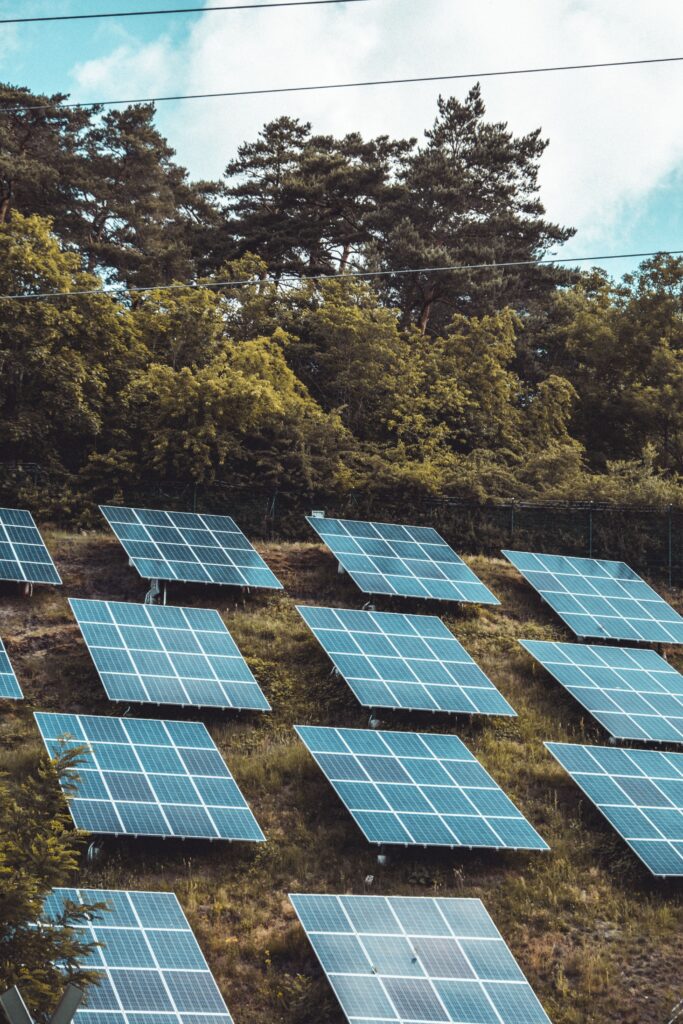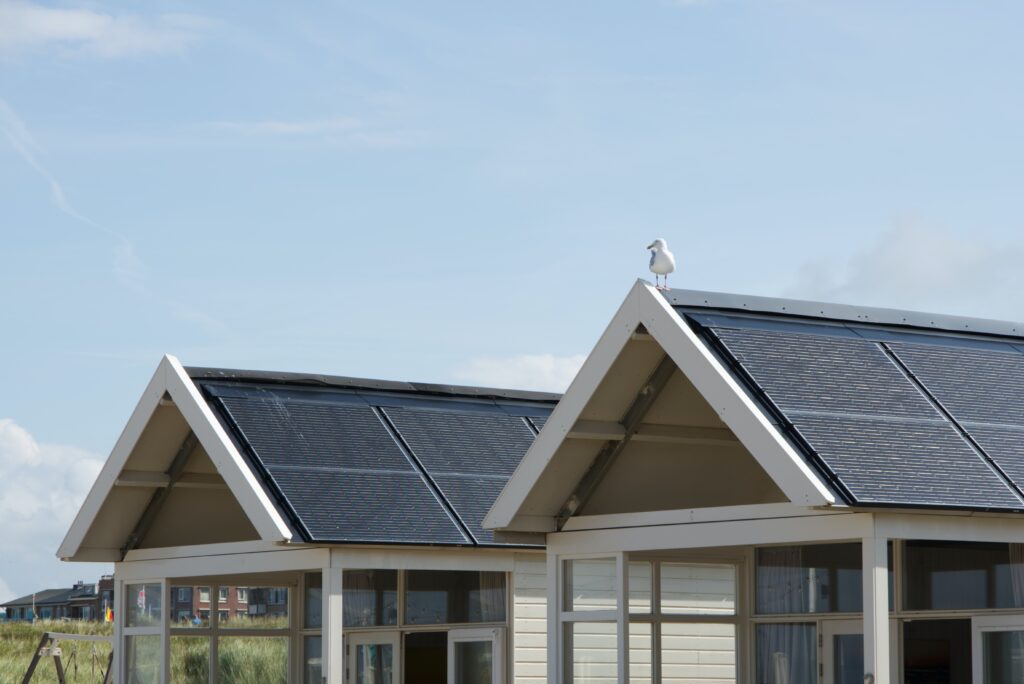Did you know that snowfall can have a significant impact on the efficiency of solar panels? When snow begins to accumulate on the surface, it can limit the amount of sunlight the panels receive, reducing their ability to generate electricity. To combat this issue, some solar panels are equipped with built-in heaters that melt the snow. In this article, we will explore whether solar panels have heaters to tackle the challenge of snow, and what other measures can be taken to ensure optimal performance even in wintry conditions.
Understanding Solar Panels
Definition of solar panels
Solar panels, also known as photovoltaic panels, are devices that convert sunlight into electricity. These panels are made up of multiple solar cells that work together to harness the power of the sun and generate renewable energy.
How solar panels work
Solar panels work by utilizing the photovoltaic effect, which is the process of converting sunlight directly into electricity. Each solar cell within a panel is composed of two layers of semiconductor materials – usually silicon. When sunlight hits these materials, it excites the electrons, creating an electric current.
Types of solar panels
There are several types of solar panels available, including monocrystalline, polycrystalline, and thin-film solar panels. Monocrystalline panels are made from a single crystal structure and have the highest efficiency. Polycrystalline panels are made from multiple crystals, while thin-film panels are lightweight and flexible.
Benefits of using solar panels
Using solar panels as a source of electricity offers numerous benefits. Firstly, they generate clean and sustainable energy, reducing dependence on fossil fuels. Solar panels also help reduce electricity bills, as they generate power directly from the sun. Furthermore, installing solar panels can potentially increase the value of a property and contribute to a greener environment.
Effect of Snow on Solar Panels
How snow can impact solar panel efficiency
Snow accumulation on solar panels can significantly impact their efficiency. When covered in snow, panels are unable to receive sunlight, leading to a decrease in power generation. Additionally, the weight of the snow can cause stress on the panels and potentially damage them, especially if they are not designed to withstand heavy snow loads.
What amount of snow can cause problems
Even a thin layer of snow can decrease the efficiency of solar panels, as it blocks the sunlight from reaching the solar cells. However, the exact amount of snow that causes problems may vary depending on various factors such as the tilt of the panels, local climate, and duration of snowfall.
Duration of snowfall and its impact
The duration of snowfall also plays a role in the impact on solar panel efficiency. If the snowfall is brief and followed by clear skies, the snow may quickly melt and not have a significant long-term effect on the panels. However, if the snowfall persists and covers the panels for extended periods, the decrease in efficiency can be more pronounced.

Do Solar Panels Have Heaters
Explanation about inbuilt heaters in solar panels
Yes, some solar panels come equipped with inbuilt heaters to combat the effects of snow. These heaters are typically embedded in the backsheet or substrate of the panels and are designed to melt accumulated snow, allowing the panels to continue generating electricity.
Types of solar panels with heaters
There are various types of solar panels available in the market that incorporate heating systems. Some manufacturers offer solar panels with integrated electric heating cables or films, while others use conductive materials to distribute heat evenly across the panel surface.
How the heating system in solar panels work
The heating system in solar panels usually operates through electric heating elements embedded in the panel structure. These elements can be activated either manually or automatically when snow accumulation is detected. The heat generated melts the snow, enabling the solar panels to resume effective power generation.
Why Some Solar Panels Do Not Have Heaters
The rationale behind excluding heaters in some solar panels
Not all solar panels come equipped with heaters, and there are several reasons for this. Firstly, heaters add complexity and cost to the panel design, potentially making them less economically viable for certain applications. Additionally, regions with milder winters may not require heaters as the snowfall is minimal and short-lived. Finally, some solar panel owners prefer alternative methods for snow removal, avoiding the need for heaters.
Potential disadvantages of having heaters in solar panels
While heaters in solar panels can be beneficial in melting snow, there are potential disadvantages to consider. The additional energy used to power the heaters increases the overall electricity consumption of the system. This may offset some of the environmental benefits of using solar panels. Furthermore, the maintenance and repair costs associated with heaters can also be a consideration for some users.

Alternative Ways Solar Panels Melt Snow
Natural heat absorption and axial tilt
One alternative method for snow melting is leveraging the natural heat absorption of solar panels. Even if partially covered with snow, solar panels can still generate some heat when exposed to sunlight. This heat absorption can gradually melt the snow, allowing the panels to resume normal operation. Additionally, the tilt angle of solar panels can also play a role in shedding snow naturally as it slides off the surface.
Solar panel coatings
Another approach to snow removal is through the use of specialized coatings on the surface of solar panels. These coatings are designed to reduce the adhesion of snow, making it easier for the snow to slide off the panels. Some coatings also have anti-reflective properties, enhancing the absorption of sunlight and improving overall efficiency.
Using external heat sources
In certain situations, external heat sources can be utilized to melt snow on solar panels. This can be achieved through the installation of heaters or heat tapes around the edges of the panels. The heat generated can melt the snow, preventing it from accumulating and obstructing the panels’ functionality. However, this method typically requires additional energy consumption.
Manual Snow Removal from Solar Panels
Methods for removing snow manually from solar panels
If there is heavy snow accumulation on solar panels, manual snow removal may be necessary. This can be done by carefully brushing or sweeping the snow off the panels using a soft-bristled brush or a snow rake. It is crucial to avoid using sharp objects or excessive force during the process to prevent damage to the panels.
Potential risks and precautions
While manual snow removal is a viable option, certain risks and precautions should be considered. Firstly, working on height to reach the panels can be dangerous, so it is important to prioritize personal safety and use appropriate equipment, such as a secure ladder or scaffolding. Secondly, caution must be taken not to damage the panels or wiring while removing the snow.

Automated Snow Removal Systems
Overview of automated snow removal systems for solar panels
Automated snow removal systems are designed to remove snow from solar panels without manual intervention. These systems typically consist of sensors that detect snow accumulation and activate the snow removal mechanism. This can involve methods like brushes, blowers, or vibration to dislodge and remove the snow.
Pros and cons of automated systems
Automated snow removal systems offer several advantages, including convenience and increased efficiency. They can detect snow accumulation and start the removal process automatically, ensuring minimal disruption to the panels’ power generation. However, these systems can be costly to install and maintain, which may not be feasible for every solar panel owner.
Effectiveness of Existing Strategies to Melt Snow
Evaluation of heaters and alternative methods
The effectiveness of existing strategies to melt snow on solar panels varies depending on factors such as climate, panel design, and individual requirements. Heaters can be highly effective in quickly melting snow, but their energy consumption and associated costs should be considered. Alternative methods like natural heat absorption and coatings can gradually melt snow, but they may not be as efficient in heavy snowfall conditions.
Comparative analysis of manual and automated snow removal
Manual snow removal methods can be effective but require regular maintenance and physical effort. Automated systems offer a more hands-free approach but come with higher upfront costs. The choice between manual and automated snow removal depends on factors such as the frequency of snowfall, accessibility to the panels, and budget considerations.
Future Improvements to Enhance Snow Melting
Potential developments in solar panel technology
As technology continues to advance, there are potential developments that could enhance snow melting capabilities in solar panels. This includes the integration of more efficient heating systems, improved coatings with higher snow repellency, and smart technologies that optimize snow removal based on weather conditions.
Research directions to improve snow melting techniques
Researchers are actively exploring various avenues to improve snow melting techniques for solar panels. This includes investigating novel materials with enhanced snow shedding properties, optimizing the design of heating systems for energy efficiency, and developing algorithms for automated snow removal systems that maximize power generation while minimizing energy consumption.
Conclusion
In conclusion, solar panels have become an increasingly popular choice for generating renewable energy. However, snowfall can significantly impact their efficiency, posing challenges for winter climates. Solar panels with inbuilt heaters can effectively melt snow, ensuring uninterrupted power generation. Alternative methods such as natural heat absorption, coatings, and external heat sources provide viable options for snow removal. Manual removal and automated systems are available for efficient snow clearing. Evaluating the effectiveness of various strategies and considering individual needs can aid in choosing the most suitable option. As technology progresses, ongoing research and development aim to further enhance snow melting techniques, making solar panels more resilient in winter conditions. With proper maintenance and utilization of the best practices, solar panel owners can ensure optimal performance and maximum energy output throughout the year.




